Nissan X-Trail vs Peugeot 308 – Performance, range & efficiency compared
Compare performance, boot capacity, efficiency and price at a glance.
Find out which car is the better choice for you – Nissan X-Trail or Peugeot 308?
Here’s where it gets real: The technical differences in detail
Costs and Efficiency: Price and efficiency are key factors when choosing a car – and this is often where the real differences emerge.
Peugeot 308 has a to a small extent advantage in terms of price – it starts at 29200 £, while the Nissan X-Trail costs 34000 £. That’s a price difference of around 4791 £.
Fuel consumption also shows a difference: the Peugeot 308 manages with 0.80 L and is therefore clearly more efficient than the Nissan X-Trail with 5.70 L. The difference is about 4.90 L per 100 km.
Engine and Performance: Power, torque and acceleration are the classic benchmarks for car enthusiasts – and here, some clear differences start to show.
When it comes to engine power, the Nissan X-Trail has a hardly perceptible edge – offering 213 HP compared to 195 HP. That’s roughly 18 HP more horsepower.
In acceleration from 0 to 100 km/h, the Nissan X-Trail is minimal quicker – completing the sprint in 7 s, while the Peugeot 308 takes 7.60 s. That’s about 0.60 s faster.
In terms of top speed, the Peugeot 308 performs slightly better – reaching 225 km/h, while the Nissan X-Trail tops out at 200 km/h. The difference is around 25 km/h.
There’s also a difference in torque: the Nissan X-Trail pulls clearly stronger with 525 Nm compared to 300 Nm. That’s about 225 Nm difference.
Space and Everyday Use: Cabin size, boot volume and payload all play a role in everyday practicality. Here, comfort and flexibility make the difference.
Seats: Nissan X-Trail offers clearly perceptible more seating capacity – 7 vs 5.
In curb weight, the Peugeot 308 is to a small extent lighter – 1436 kg compared to 1668 kg. The difference is around 232 kg.
In terms of boot space, the Nissan X-Trail offers evident more room – 585 L compared to 412 L. That’s a difference of about 173 L.
In maximum load capacity, the Nissan X-Trail performs minimal better – up to 1424 L, which is about 101 L more than the Peugeot 308.
When it comes to payload, Nissan X-Trail slightly takes the win – 574 kg compared to 510 kg. That’s a difference of about 64 kg.
Our conclusion: The Peugeot 308 proves to be is largely superior and thus becomes our DriveDuel Champion!
Overall, Peugeot 308 is the better all-rounder in this comparison.
Nissan X-Trail
The Nissan X-Trail stands out with its spacious interior and practical design, making it an ideal choice for families and adventure enthusiasts alike. Its sleek exterior styling is complemented by modern technology features that enhance both driving pleasure and safety. This versatile SUV offers a comfortable ride, whether navigating city streets or exploring off-road paths, ensuring you travel in style and comfort.
details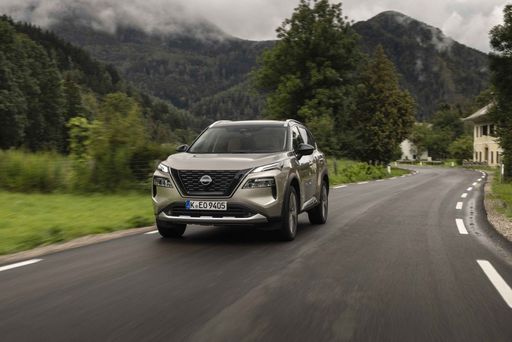 @ germany.nissannews.com
@ germany.nissannews.com
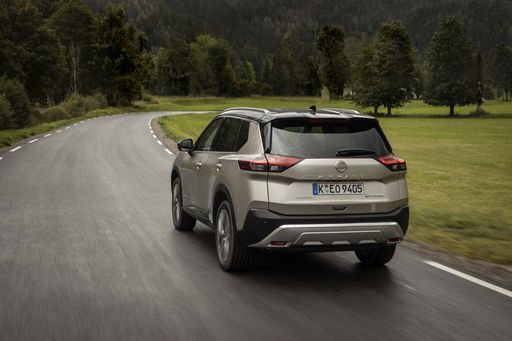 @ germany.nissannews.com
@ germany.nissannews.com
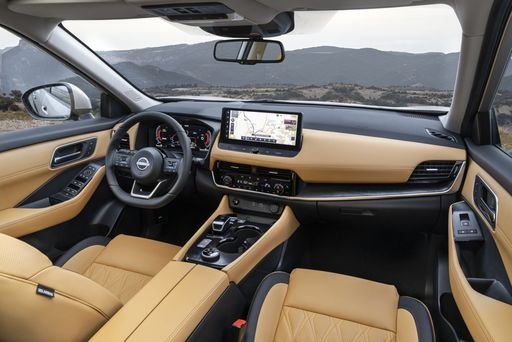 @ germany.nissannews.com
@ germany.nissannews.com
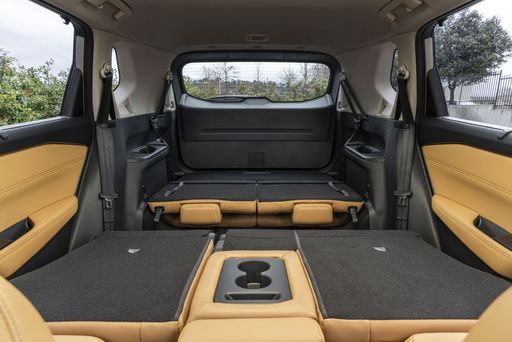 @ germany.nissannews.com
@ germany.nissannews.com
Peugeot 308
The Peugeot 308 presents a refined blend of style and sophistication, making it a compelling option for anyone in search of a dynamic yet practical vehicle. Its sleek design is complemented by a thoughtfully crafted interior that ensures both driver and passengers travel in comfort and elegance. Moreover, the 308 offers a responsive driving experience, combining agility with a sense of security on the road.
details @ media.stellantis.com
@ media.stellantis.com
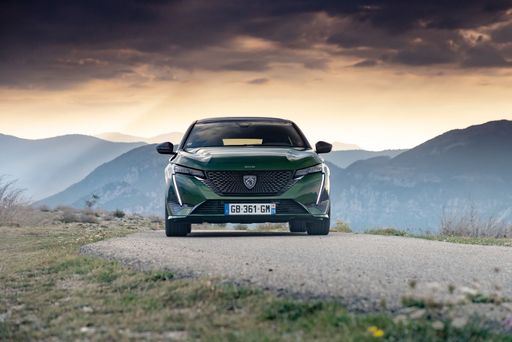 @ media.stellantis.com
@ media.stellantis.com
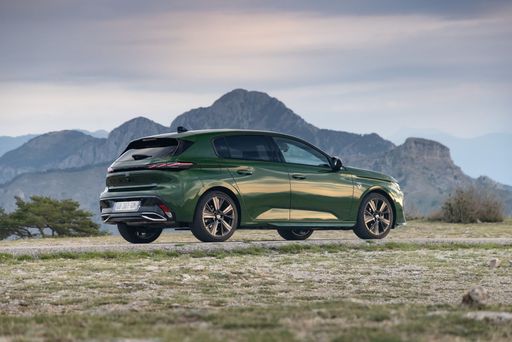 @ media.stellantis.com
@ media.stellantis.com
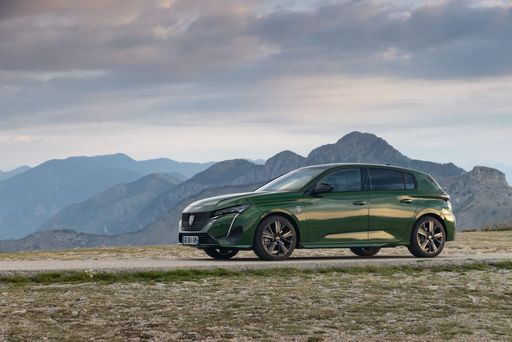 @ media.stellantis.com
@ media.stellantis.com
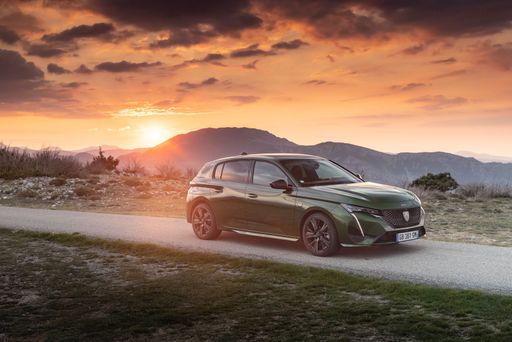 @ media.stellantis.com
@ media.stellantis.com
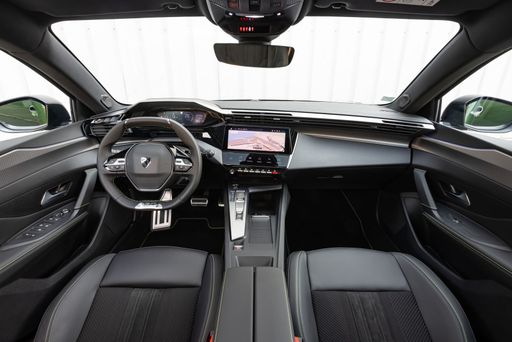 @ media.stellantis.com
@ media.stellantis.com

|

|
|
|
|
Costs and Consumption |
|
|---|---|
|
Price
34000 - 50400 £
|
Price
29200 - 41800 £
|
|
Consumption L/100km
5.7 - 6.9 L
|
Consumption L/100km
0.8 - 5.1 L
|
|
Consumption kWh/100km
-
|
Consumption kWh/100km
15.20 kWh
|
|
Electric Range
-
|
Electric Range
78 - 419 km
|
|
Battery Capacity
-
|
Battery Capacity
51 kWh
|
|
co2
131 - 161 g/km
|
co2
0 - 133 g/km
|
|
Fuel tank capacity
55 L
|
Fuel tank capacity
42 - 53 L
|
Dimensions and Body |
|
|---|---|
|
Body Type
SUV
|
Body Type
Hatchback
|
|
Seats
5 - 7
|
Seats
5
|
|
Doors
5
|
Doors
5
|
|
Curb weight
1668 - 1961 kg
|
Curb weight
1436 - 1759 kg
|
|
Trunk capacity
177 - 585 L
|
Trunk capacity
314 - 412 L
|
|
Length
4680 mm
|
Length
4367 mm
|
|
Width
1840 mm
|
Width
1852 mm
|
|
Height
1720 mm
|
Height
1441 mm
|
|
Max trunk capacity
1396 - 1424 L
|
Max trunk capacity
1258 - 1323 L
|
|
Payload
432 - 574 kg
|
Payload
431 - 510 kg
|
Engine and Performance |
|
|---|---|
|
Engine Type
Petrol MHEV, Full Hybrid
|
Engine Type
Diesel, Electric, Petrol MHEV, Plugin Hybrid
|
|
Transmission
Automatic
|
Transmission
Automatic
|
|
Transmission Detail
CVT, Reduction Gearbox
|
Transmission Detail
Automatic Gearbox, Reduction Gearbox, Dual-Clutch Automatic
|
|
Drive Type
Front-Wheel Drive, All-Wheel Drive
|
Drive Type
Front-Wheel Drive
|
|
Power HP
163 - 213 HP
|
Power HP
130 - 195 HP
|
|
Acceleration 0-100km/h
7 - 9.6 s
|
Acceleration 0-100km/h
7.6 - 10.6 s
|
|
Max Speed
170 - 200 km/h
|
Max Speed
170 - 225 km/h
|
|
Torque
300 - 525 Nm
|
Torque
230 - 300 Nm
|
|
Number of Cylinders
3
|
Number of Cylinders
3 - 4
|
|
Power kW
120 - 157 kW
|
Power kW
96 - 144 kW
|
|
Engine capacity
1497 cm3
|
Engine capacity
1199 - 1598 cm3
|
General |
|
|---|---|
|
Model Year
2024
|
Model Year
2023 - 2025
|
|
CO2 Efficiency Class
F, D, E
|
CO2 Efficiency Class
D, A, C, B
|
|
Brand
Nissan
|
Brand
Peugeot
|
Is the Nissan X-Trail offered with different drivetrains?
The Nissan X-Trail is offered with Front-Wheel Drive or All-Wheel Drive.
The prices and data displayed are estimates based on German list prices and may vary by country. This information is not legally binding.
